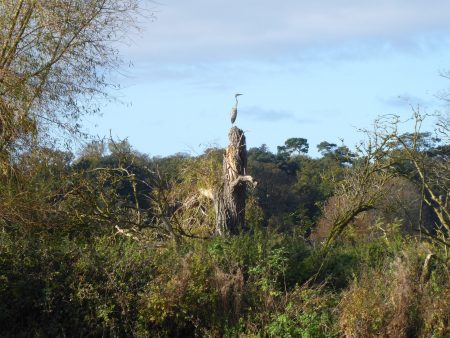Role of NbS for Climate Change Adaptation in UK Policy
Just ahead of tomorrow’s Climate Ambition Summit, this report considers the important role of nature-based solutions (NbS) in climate change adaptation policy for the UK and its fourteen overseas territories. The report was written by NbSI, in collaboration with WWF and RSPB; together we will work with the UK government over the coming months to […] December 11, 2020
Just ahead of tomorrow’s Climate Ambition Summit, this report considers the important role of nature-based solutions (NbS) in climate change adaptation policy for the UK and its fourteen overseas territories. The report was written by NbSI, in collaboration with WWF and RSPB; together we will work with the UK government over the coming months to further develop the role of NbS in the UK climate change adaptation objectives, and will expand on the work set out in this document ahead of a revision of the Government’s Adaptation Communication expected in Summer 2021.
Nature-based solutions can reduce the negative effects of climate change on people, the economy and nature, and therefore increase the resilience of our societies to climate change. Critically, NbS can provide these adaptation benefits whilst also contributing to climate change mitigation and biodiversity conservation. This report summarises the types of benefits that can be provided by different types of NbS that have potential to be upscaled in the UK and its territories. For example, protecting and restoring natural habitats along coasts or in river catchments can protect communities and infrastructure from flooding and erosion, whilst also enhancing biodiversity and increasing carbon storage. In urban areas, green spaces and trees can help with cooling and flood abatement, whilst storing carbon, filtering air pollution and providing recreation and health benefits for people.
The report also provides five key recommendations on how to ensure that NbS deliver multiple benefits, including climate change adaptation:
- NbS for climate change adaptation should be integrated with other policy areas, to unlock synergies and avoid adverse effects.
- Policy support should explicitly recognize the need for a landscape approach involving a diverse portfolio of NbS across different habitats.
- NbS should be carefully designed and implemented through a bottom-up and participatory approach involving multiple stakeholders.
- NbS should be planned to deliver measurable benefits for biodiversity through enhancing the health, diversity and connectivity of ecosystems and their habitats and species.
- Adaptation policy should set well-defined time-bound objectives and build capacity to effectively monitor NbS outcomes over the long term.
